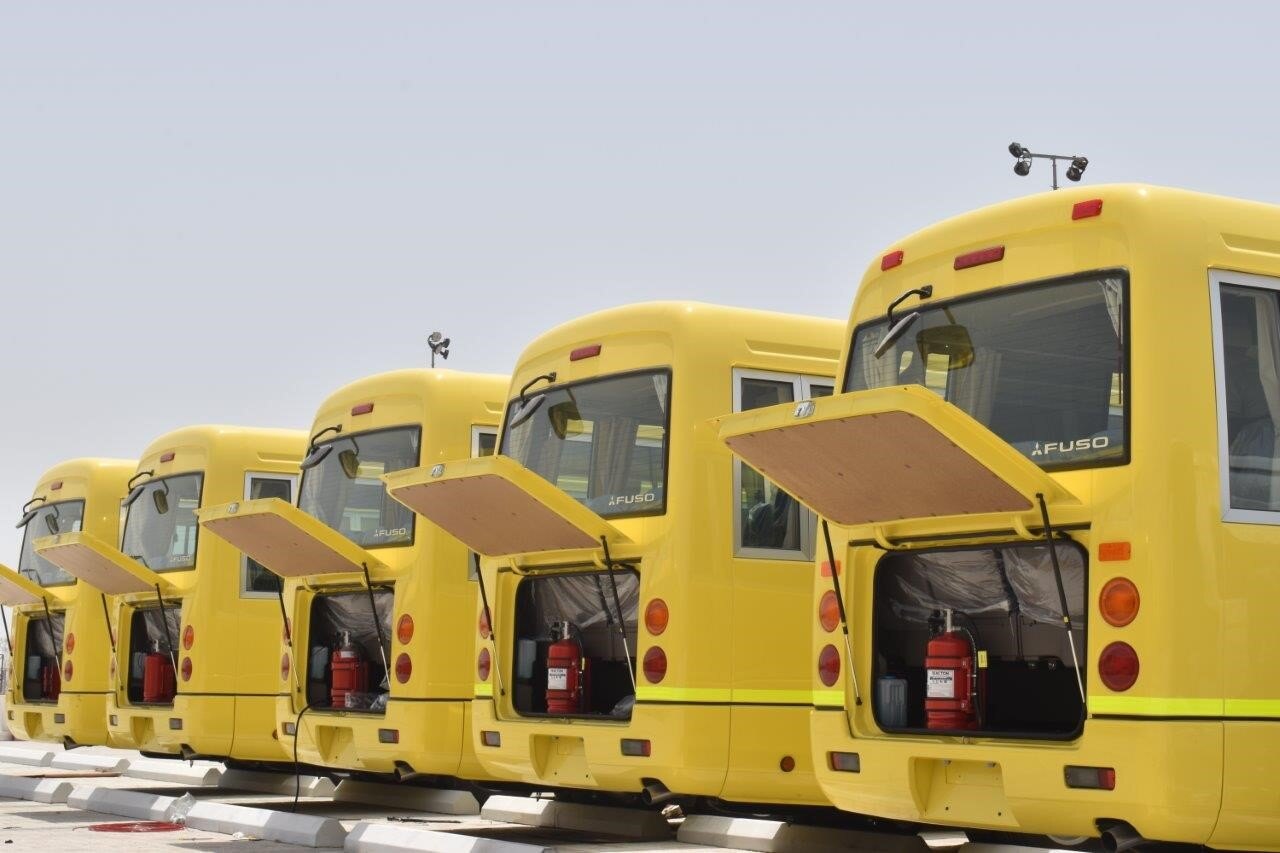
As vehicle technology advances, so too must the testing and approval processes for fire suppression systems. Every additional kilogram in a vehicle affects fuel efficiency, emissions, and overall performance. This is particularly significant in industries where reducing weight translates into cost savings, regulatory compliance, and improved operational efficiency.
The fire suppression industry is adapting to these demands by developing smaller, lighter, and more efficient systems, but rigorous testing is essential to ensure these systems still meet the highest safety standards.
Vehicle manufacturers and operators are increasingly looking to minimise weight across all components. In sectors like public transport, mining, and logistics, lighter fire suppression systems can:
In industries such as public transport, where regulations require mandatory fire suppression in buses and coaches, weight is a critical factor. A more compact system allows fleet operators to reduce fuel costs and maximise vehicle performance over long distances.
So what new testing methods or technologies are necessary to approve smaller, more efficient fire suppression systems?
With stricter regulatory requirements comes the challenge of adapting existing fire suppression systems without compromising safety. Businesses must:
As fire risks continue to evolve, so will the standards that govern suppression technology. The future of testing will likely include:
The industry’s ability to adapt and innovate will determine how effectively fire suppression systems keep pace with modern vehicle advancements.
Manufacturers, distributors, and fleet operators need to stay ahead of regulatory changes and work closely with certification bodies to ensure compliance.
Lighter, more efficient systems are the future, but only if they continue to meet the highest safety standards.
Reacton is committed to leading the charge in fire suppression innovation, ensuring our systems deliver maximum protection with minimal weight.
To ensure your business meets new environmental policies and regulatory standards, speak to a Reacton expert today.
For more information on Reacton Fire Suppression products, please get in touch with the team by emailing info@reactonfire.com or call us on + 44 (0)800 0306526.
These Stories on Heavy Equipment Automatic Fire Suppression
Reacton HQ - UK and Europe
14 Baynes Place, Waterhouse Business Park, Chelmsford, Essex, CM1 2QX, UK
Reacton Americas
23335 N 18th Dr #140, Phoenix,
AZ 85027, United States
Reacton UAE
SIDRA Tower, Office 905,
Sheikh Zayed Road, Dubai, UAE
No Comments Yet
Let us know what you think